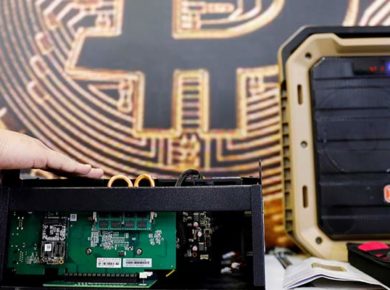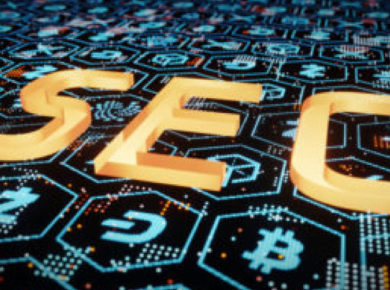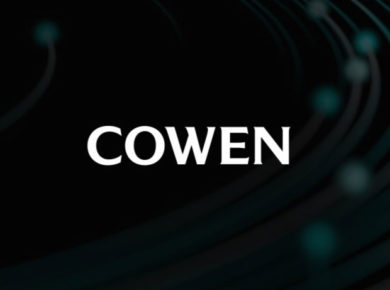Synthetix, a non-custodial crypto exchange, announced on Tuesday the upcoming launch of an array of new products, including synthetic crypto derivatives and binary options.
As detailed by the company, its futures products will offer leverage between 10x to 20x.
“One of the advantages of synthetic futures over perpetual BTC futures found on other platforms is that a position being liquidated will not require liquidation of the underlying asset,” Synthetix explained, adding “this eliminates the need for margin calls as the trader is not posting collateral directly enabling far higher leverage than currently supported on most platforms.”
The platform is also expecting the majority of its trading volume to come from futures products that will allow traders to take both long and short positions on the supported assets.
The platform will also extend its collateral-based products, allowing borrowing of sUSD against ETH, enabling them to trade using USD as their quote currency instead of ETH.
“Once this upgrade has been launched we will be in a position to launch DAI/BTC collateral,” Synthetix added.
Apart from these two, the Sydney-based company is also launching products, including traditional asset class products, new crypto, and leveraged synths, and a few more.
To introduce the new services, the company is now working on an “asset listing framework with continuous risk monitoring,” “protocolDAO expansion,” “market closure handling,” “price change circuit breakers,” and “chainlink migration.”
DeFi – the blend of decentralization and finance
Founded in 2017, the platform is developing its products on Ethereum blockchain and is the third-largest decentralized finance (DeFi) platform with almost $94 million in total lockdown value.
To date, the company raised $34.1 million and is backed by Framework Ventures, per Crunchbase.
“Many SNX stakers have asked when we will market the exchange. The answer has been when we feel we have reached a point where a new user will have a positive experience and will want to continue to trade on the exchange,” the company stated.
“Until then driving new users to the platform is not only inefficient but is actually detrimental to adoption because any user who has a poor trading experience will be unlikely to come back when the experience improves.”











